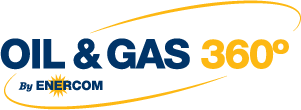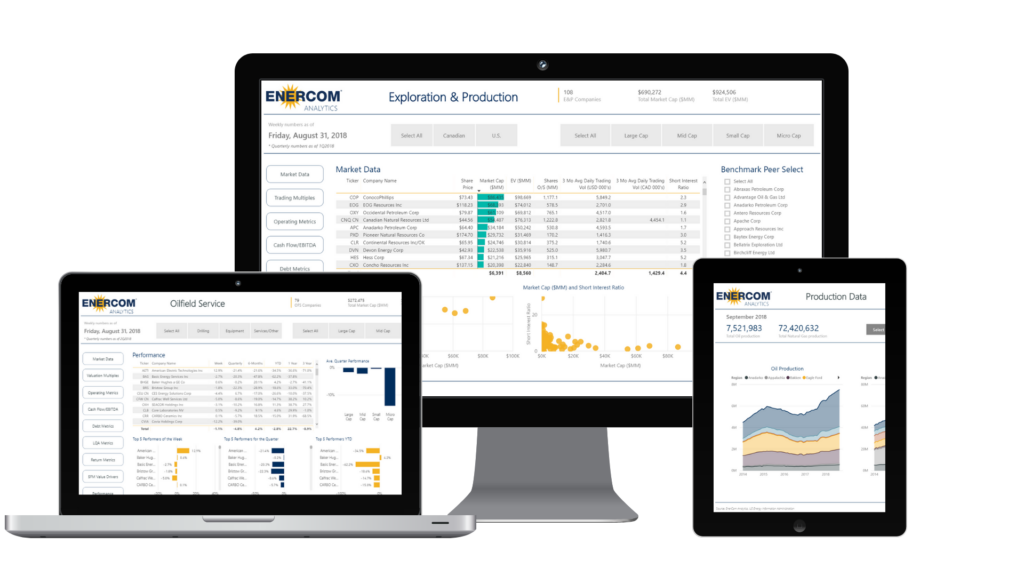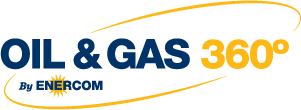Cost reduction major focus
Diamondback Energy (ticker: FANG) held its first quarter conference call last week, where the pure-play Permian operator discussed current activity.
“Very comfortable” at $45 to $50 oil
During the conference call, Diamondback CEO Travis Stice commented that the company is “very comfortable” with oil prices between $45/bbl and $50/bbl. Those prices are expected for current activity projections, while prices out of this range may prompt activity changes. Diamondback is currently operating eight rigs, five in Midland and three in the Delaware basin, and is targeting 130-165 gross completions this year. This will allow the company to grow very quickly, with estimated annual production growth of 65%.
Q – Michael A. Glick: Given the volatility of the oil market, could you talk a little bit about capital flexibility, kind of at what price point would you look to slow down, and where would you do it?
A – Travis D. Stice: Yeah. We talk directionally – I always hesitate to giving precise oil price, but directionally, if we’re in that $45 to $50 range, I think we’re very comfortable and we have the balance sheet to be able to execute with our current activity levels. I think if it starts dropping below $40, somewhere between $40 and $45 a barrel, we’ll probably take a pause and see exactly what our future plans need to look like. And then I think on the other end of the spectrum, if it’s $50 to $55, something like that, we’ll look at potentially increasing activity in the back half of the year.
I think, Michael, one of the reasons that we were hesitant in trying to change guidance at this point of the year is I think there’s still a lot of uncertainty in the oil markets. And we want to make sure we preserve the optionality to drive the best returns to our investors, and we will do so just like we’ve done in the past.
“Picking up pennies” to keep costs down: FANG sourcing its own diesel fuel
Like virtually all other E&P companies in the U.S. Diamondback is facing oilfield service cost inflation as activity increases. The company is attempting to respond to this by systemically finding ways to improve cost structures.
As an example Stice mentioned buying and supplying diesel for the needed drilling rigs and frac crews, which Diamondback has found to be less expensive than relying on service companies to supply their own fuel. These efforts have resulted in significant savings, as the company’s current Delaware basin well completion design cost is $550/ft.
Q – Neal D. Dingmann: We continue to hear talk about OFS inflation. Just, Travis, in general, what are some things you all are continuing to do? Just was noticed in some of your wells versus some of the peers, and it tends to be a bit lower for some time, the equivalent sort of frac schedule. I’m just wondering of some things that you all are doing, how are you doing that to keep some costs a bit lower than others?
A – Travis D. Stice: Well it’s not just one or two things, it’s really a systematic approach to the whole organization, and trying to do things that generate the best returns at the lowest costs. And that sounds a little maybe esoteric, but really it is about culturally trying to do the best we can and expend the least amount of money, in order to be the low-cost operator.
Specifically, the efficiency gains we continue to push on the drilling side. As Mike talked about, we began trying to debundle some of the pressure pumping services in order to control some of those things, like diesel for example. We buy and supply our own diesel for the frac companies and the drilling rigs. So it’s just a series, Neal, of a bunch of things that we try that we’re picking pennies up and when you pick up enough pennies, you make a dollar, and so, while we were proud that even while we’re trying to digest $3 billion worth of acquisitions, we were able to push costs down quarter over quarter. I think we said about 5% quarter over quarter.
We know that trend won’t continue if commodity prices continue to strengthen through the rest of this year, but we’re real comfortable with where our CapEx guidance is, with a 10% overall increase in well costs throughout the full year and, as we reported, we really didn’t see that in the first quarter. So I’m confident that our business partners are aware what’s going on on the service side, are aware what’s going on in the commodity-price world, and I’m confident that our organization has the ability to execute differentially to control costs as well, as activity levels pick up.
“We won’t quit pushing on LOE reduction until we can produce these wells for free”
Diamondback may be able to continue this trend of cost reduction, as the company is still adapting to its $2.4 billion acquisition of Brigham Resources in December. As Diamondback settles in to its larger operations it is looking to find other ways to reduce costs, and at least directly offset service cost inflation.
Q – Richard Merlin Tullis: How much more opportunity do you see at FANG for driving OpEx cost even lower, or at least keeping it flattish, given you’re coming out of acquiring a sizable asset there, so perhaps that presents some opportunities to keep the momentum going?
A – Travis D. Stice: Yeah, Richard, you’ve heard me say before that we’ll never quit pushing on the LOE reduction side until we can produce these wells for free. So I’m not ready to say we’re going to go the other way at any time. But the reality is that we’ve got a lot of new assets we’re bringing in and it takes all of our field organization every day, leaning into the brace, trying to make sure we produce these wells as efficiently and as cost effectively as we can.
And like I said, we didn’t make a bullet point out of it on our earnings release, but even in the process of dialing in 100,000 new acres, our field organization lowered LOE quarter over quarter, which I was real proud of them for being able to do that, especially against the backdrop of acquiring new assets.


